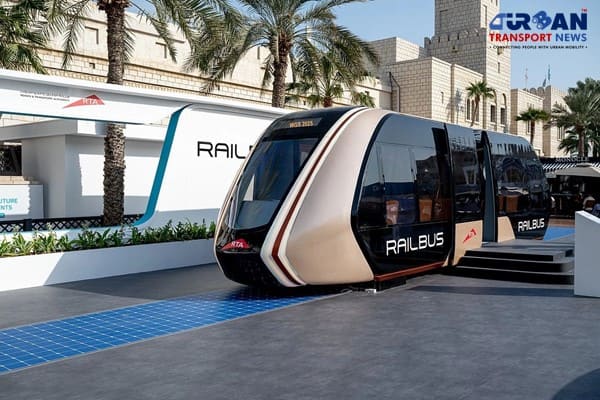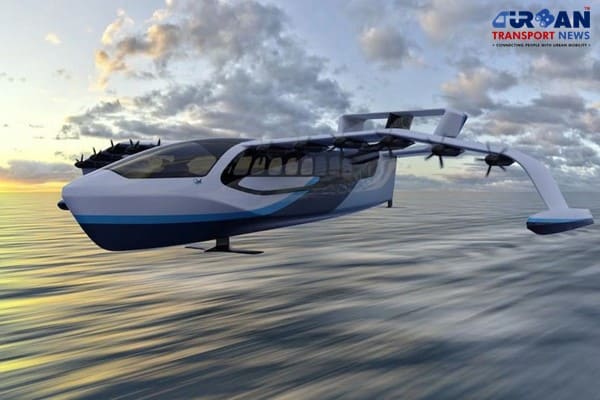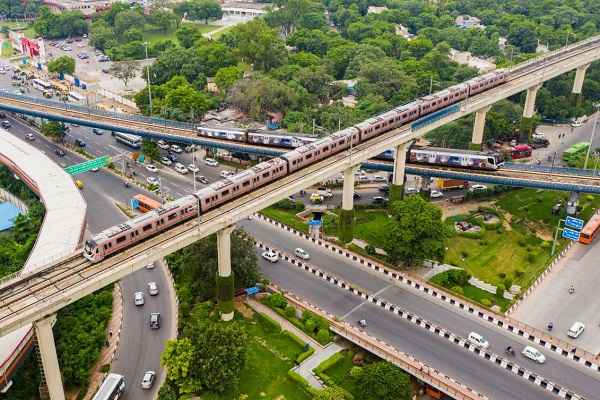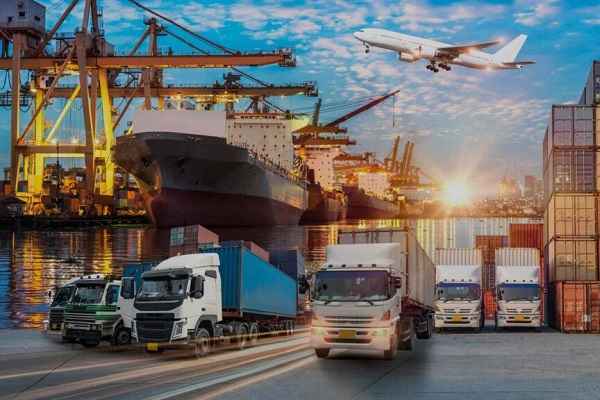 How Weigh-in-Motion Systems Are Revolutionizing Freight Safety
How Weigh-in-Motion Systems Are Revolutionizing Freight Safety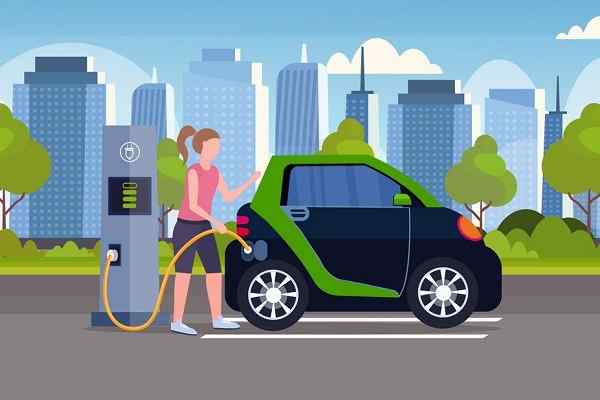 Women Powering India’s Electric Mobility Revolution
Women Powering India’s Electric Mobility Revolution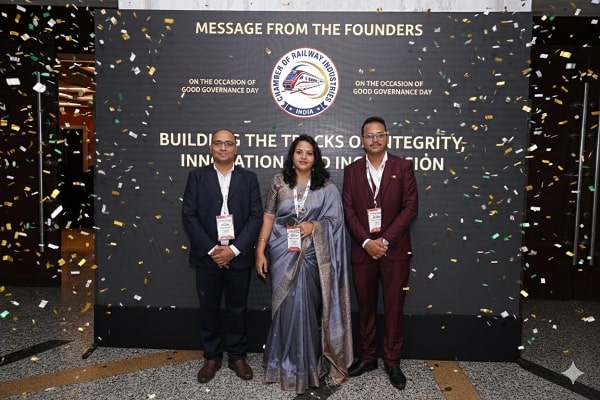 Rail Chamber Launched to Strengthen India’s Global Railway Leadership
Rail Chamber Launched to Strengthen India’s Global Railway Leadership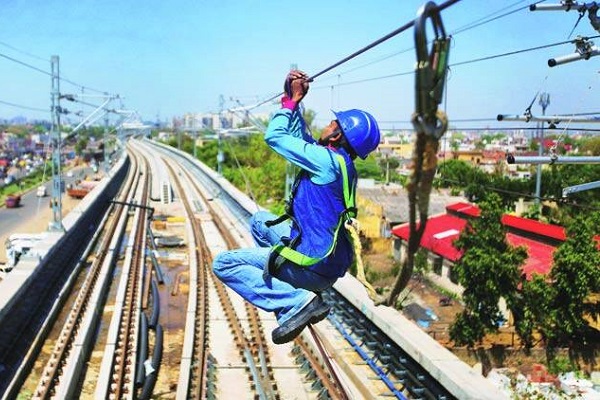 Wage and Hour Enforcement Under the Massachusetts Wage Act and Connecticut Labor Standards
Wage and Hour Enforcement Under the Massachusetts Wage Act and Connecticut Labor Standards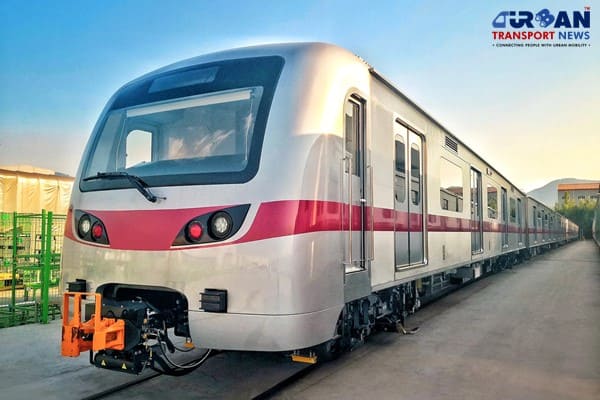 MRT‑7: Manila’s Northern Metro Lifeline on the Horizon
MRT‑7: Manila’s Northern Metro Lifeline on the Horizon Delhi unveils ambitious Urban Mobility Vision: Luxury Metro Coaches, New Tunnels and Pod Taxi
Delhi unveils ambitious Urban Mobility Vision: Luxury Metro Coaches, New Tunnels and Pod Taxi Qatar approves Saudi Rail Link Agreement, Accelerating Gulf Railway Vision 2030
Qatar approves Saudi Rail Link Agreement, Accelerating Gulf Railway Vision 2030 UP Govt plans to introduce Water Metro services in Ayodhya, Varanasi & Prayagraj
UP Govt plans to introduce Water Metro services in Ayodhya, Varanasi & Prayagraj India’s First Urban Ropeway begins Trial Run in Varanasi, Set to carry 1 Lakh passengers daily
India’s First Urban Ropeway begins Trial Run in Varanasi, Set to carry 1 Lakh passengers daily India and Bhutan to Build First-Ever Rail Link: ₹4,033 Cr Project to Boost Regional Connectivity
India and Bhutan to Build First-Ever Rail Link: ₹4,033 Cr Project to Boost Regional Connectivity
India shares 8 years of progress in transport infra sectors under new Government
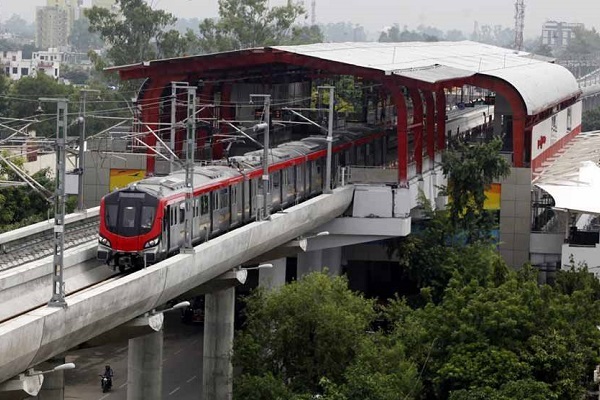
New Delhi, India (Urban Transport News): The speed, scale and quality of infrastructure creation have significantly increased in the last eight years, making a big impact on the lives of the people and opening up job opportunities by stimulating the local economy. The track record of the new government headed by Prime Minister Narendra Modi in infrastructure creation is widely known and acknowledged. Here is an overview of the massive expansion seen in the last few years.
Airways
The Modi government has focused simultaneously on two important facets – making flying more affordable and building more aviation infrastructure.
The UDAN Scheme makes airfares more affordable for the people by ensuring that beneficiaries can fly for as low as Rs. 2,500! Airlines are also incentivised by giving viability gap funding to begin flights from unserved/underserved airports, resulting in a win-win situation for both customers and aircraft operators.
405 routes involving 65 airports including 8 heliports and 2 water aerodromes have been operationalised under UDAN, improving air connectivity in distant locations and underserved routes.
Meanwhile, the number of operational airports doubled from 74 in 2014 to 140 in 2022! And the number of aircraft in the country increased from 400 in 2013-14 to 710 in 2021-22.
Mass Rapid Transit Systems (MRTS)
In the last 8 years, India has seen a phenomenal increase in metro rail connectivity. Only 5 cities had the metro rail in 2014; presently, 18 cities have metro rail services. Only 248 km of metro lines were active in 2014. Today, 791 km of metro rail is operational, with over 1,000 kilometres of Metro and Rapid Regional Transit System projects currently under construction, which will take the number of cities with an operational metro to 27!
In other words, in just eight years, the number of cities with active or ongoing metro projects has expanded by more than 5-fold.
Road & National Highways
The allocation of Rs. 1.99 lakh crore to the Ministry of Road Transport and Highways in Budget 2022-23 is the highest ever, demonstrating the government's genuine commitment to this sector. This is a jump of nearly 500% when compared to the allocation of about Rs. 33,000 crore in 2014-15.
The pace of highway construction has hit record highs under the Modi government. From 12 km per day in 2013-14, the pace went up to a world record 37 km per day in 2020-21.
Further, the government, in its 8 years, has taken the length of National highways from about 91,000 km to about 1.41 lakh km, an increase of over 50%.
Railways
Under the new government, railway projects are being built at a fast pace along with quality service to passengers and speedier freight delivery.
Right from budget allocations, the focus on Railways is clear. The Union Budget 2022-23 has set aside a record allocation of Rs. 1.37 lakh crore, with a capital expenditure outlay of over Rs. 2.45 lakh crore.
The Western and Eastern Dedicated Freight Corridors will soon be operational, lowering logistics costs for the industry. Freight loading in 2021-22 breached the 1,400 MT mark, a record for the Railways. Month after month, since September 2020, despite the pandemic, the highest-ever monthly loadings have been seen in 19 consecutive months.
The safety of passengers has also seen a significant improvement. 34 continuous months from March 2019 saw zero passenger fatalities. And 2,000 km of the railway network will be brought under Kavach, indigenously developed technology for preventing train collisions.
Passenger comfort has also been improved with trains such as the state-of-the-art Vande Bharat express and Vistadome coaches. Further, the decision to start 400 Vande Bharat trains across the country will boost connectivity and job creation.
Waterways
A big step was taken in 2018 when PM Modi inaugurated India’s first multi-modal terminal on the Ganga River. On the same occasion, he also received the country’s first container cargo transported on inland waterways from Haldia.
Previously, waterways were a largely untapped way of transport in India. But all that changed when the Modi government came in. Following the declaration of 111 National Waterways in India in 2016, work has accelerated to expand them.
Based on the outcome of feasibility reports, 25 waterways have been found viable for cargo and passenger movement and work has been initiated in 13 of them.
Waterways are also the least polluting way to transport cargo and will help the country in boosting green growth while also reducing logistics costs.
New India, led by PM Modi, has shown in the infrastructure sector that it can think big, aim high and achieve even higher targets. With the goal of constructing a vast interconnected network that covers all aspects of water, transportation, and large-scale power generation, transmission, and distribution, the country is seeing a kind of infrastructure revolution that is spreading the benefits of economic growth of the fastest growing economy to every section of society.





